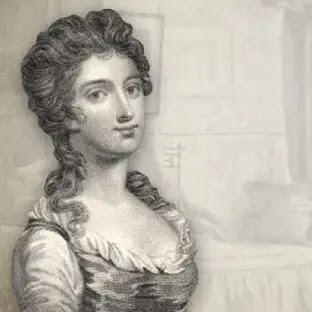Read Part One HERE
In this post I will continue to focus on Evangelical women born in 1600, this time focusing on a woman named Anne Williams Dutton. She lived from 1692 - 1765. Anne was born in Northampton, England. Along with her parents, she attended the Independent Church at Catle Hill in Northampton where she experienced conversion. In her late teens Anne began to attend an open-membership Baptist Church, pastored by John Moore, where she was baptised.
In 1714, Anne married a Mr Cattell and they moved to London. While there, she worshipped with the Calvinistic Baptist Church that met at the premises on Wood Street, Cripplegate. When her husband died in 1720, she moved back to Northampton. The following year she married Benjamin Dutton, a Baptist preacher, who in 1732 became the pastor of the Baptist Congregation in Great Hansdon, Huntingdonshire.
Benjamin perished at sea in 1747. By that time Anne had begun to write. As for the isssue whether she could write as a woman, she maintained that she wrote not for fame, but only for the glory of God, and the good of souls.
To those who might accuse her of violating 1 Timothy 2:12, she answered that her books were not intended to be read in a public setting of worship, which the text was designed to address. Rather, the instruction that each of her books gave was private, for they were to be read by believers in their own private houses. Her public use of her pen for God's glory broke the convention of her days and inspired other women to do the same.
Anne died in 1765.
P.S. This is my last story in the series on Evangelical women in 1600. In my next post I will return to sharing stories on Evangelical womn in 1800.









